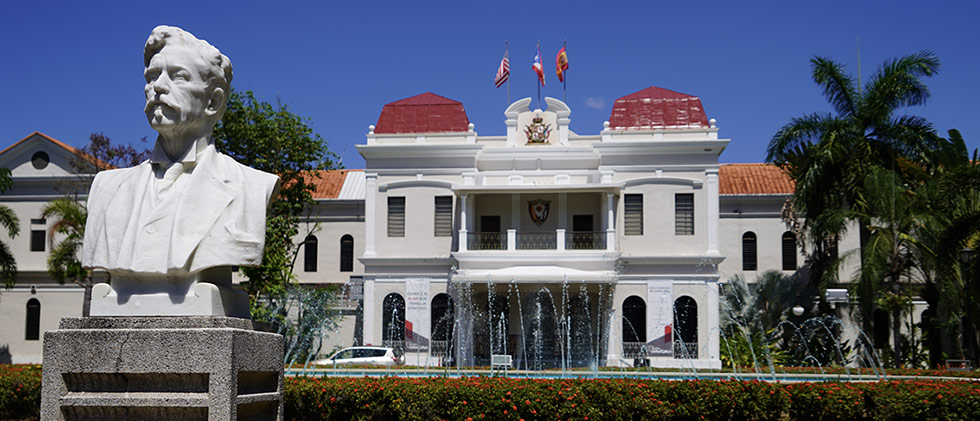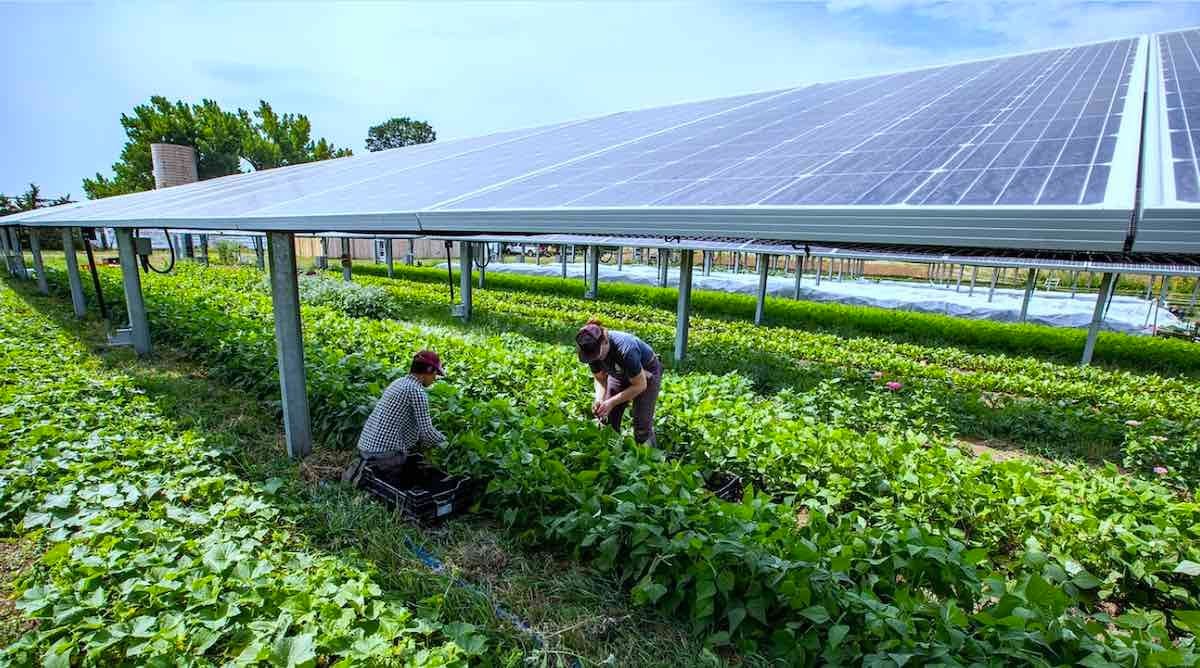
Puerto Rico health system in danger of collapse
Health services across Puerto Rico have been deteriorating since the 2017 hurricane season, leading to a historic surge of deaths in 2022. With a population estimated at 3.3 million, 35,400 residents died last year, approximately 3,300 more than expected based on historical patterns. Part of this is blamed on a spike in COVID-19 cases, which killed an additional 2,300 people last year. Months after COVID subsided, the spike in deaths continued as young people and healthcare professionals left the Island, leaving behind a population that is elderly and lacking access to specialized care such as dialysis. The Puerto Rican Department of Health admits the rise in deaths is a problem, but blames COVID and the persistent doctor shortage. In 2010, there were approximately 19,000 doctors on the Island. As of 2022, were 10,846 licensed physicians in Puerto Rico, with about 3,000 also licensed to practice on the mainland.
USDA announces grants for Puerto Rican farms
President Biden and Agriculture Secretary Tom Vilsack announced a $196 million investment to strengthen food and agriculture supply chains, expand markets, and lower food costs, which will include $770,000 in Value-Added Producer grants for projects on four farms in Puerto Rico. These grants will help farmers and ranchers enter new markets and increase their revenue. The four projects include $20,000 to De Mi Tierra A Mi Pueblo Corp in Caguas; $250,000 to Fincas Luis Roig Inc. in Yauco; $250,000 to Nestor Reyes Farms and Associates Inc. in Rio Grande; and $250,000 to Loyd Sanabria Hernandez in Salinas.
New report highlights economic growth potential through clean energy infrastructure
Democrats on the congressional Joint Economic Committee released a report highlighting the economic growth potential of clean energy infrastructure investments in Puerto Rico. The report analyzed steps to modernize Puerto Rico’s energy grid with a $12 billion investment from Congress, which aligns with the Island’s goal of achieving 100% renewable energy by 2050. The report relies upon historical precedent, citing the Island’s economic growth due in part to federal investments in hydroelectric dams from the 1950s through the 1990s. Supporters of the transition to renewable energy say that it will lower costs and open new opportunities for economic development and growth.
Puerto Rico’s historic cats to be removed
The National Park Service announced last week that over the next six months it will remove approximately 200 stray cats that live on the 75 acres surrounding the fortress in San Juan. Cat lovers on the Island reacted with dismay, saying six months is not long enough to remove them all, but the Park Service says that the cats need to removed for resident and tourist safety. The cats are descendants from those initially brought to the capital by San Juan Mayor Felisa Rincon de Gautier to kill rats in the mid-20th Century.
Share
STAY IN THE LOOP
Subscribe to our free newsletter.
La organización BoricuaActivatEd celebró su séptimo aniversario con reconocimientos al líder de la red evangélica Esperanza y de la comunidad boricua de Filadelfia, Luis Cortés, y el legendario artista Antonio Martorell. Cortés, premiado por su
tudy: Economy leading factor for Puerto Ricans moving to Florida A new survey unveiled Monday in Washington, D.C. sheds new light on factors contributing to Puerto Ricans moving to the state of Florida. The Puerto
New federal funds for solar, battery storage announced The Department of Energy (DOE) on Thursday announced a conditional commitment to finance new solar and battery storage facilities on the southern coast of Puerto Rico. The investment




